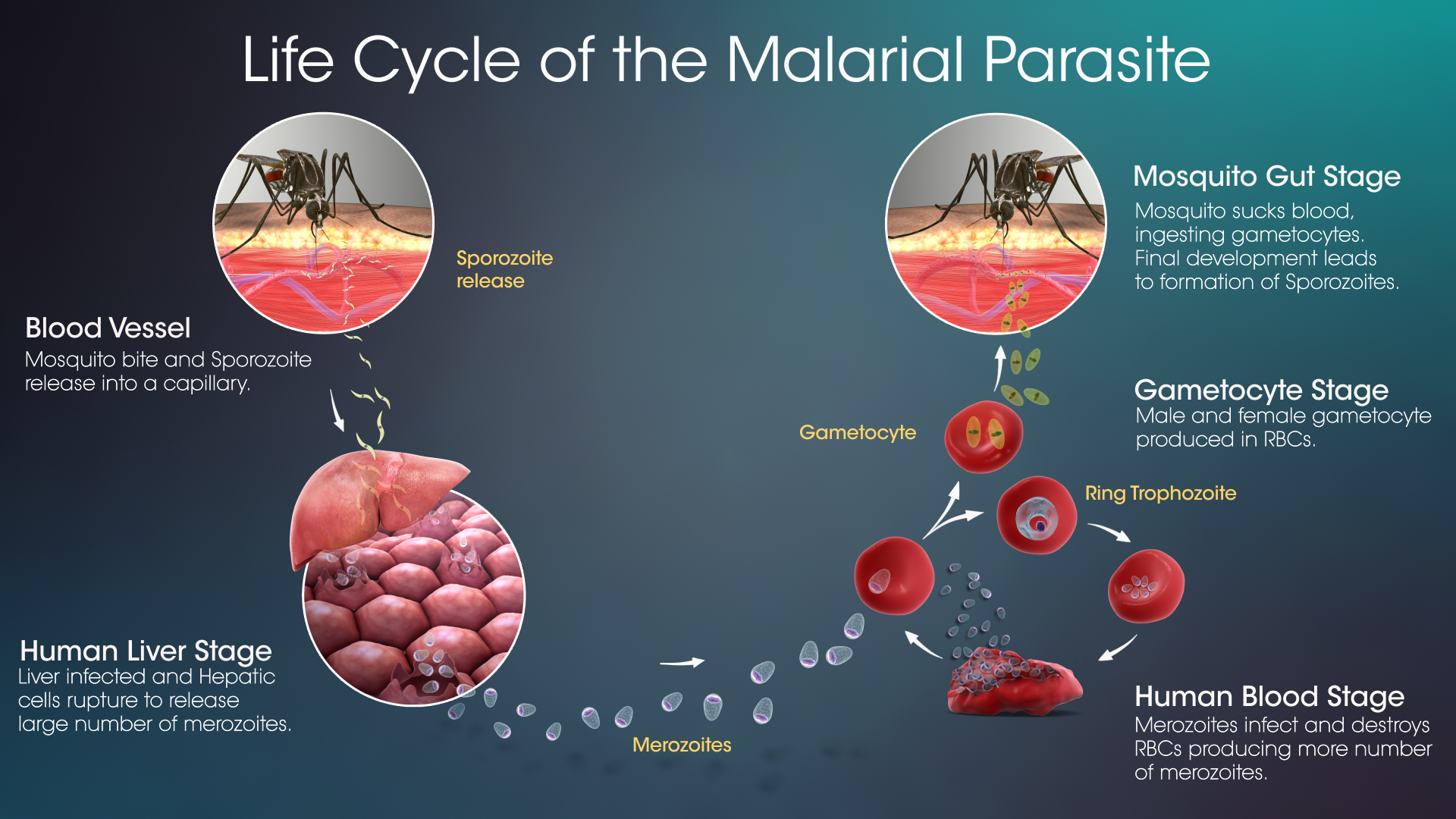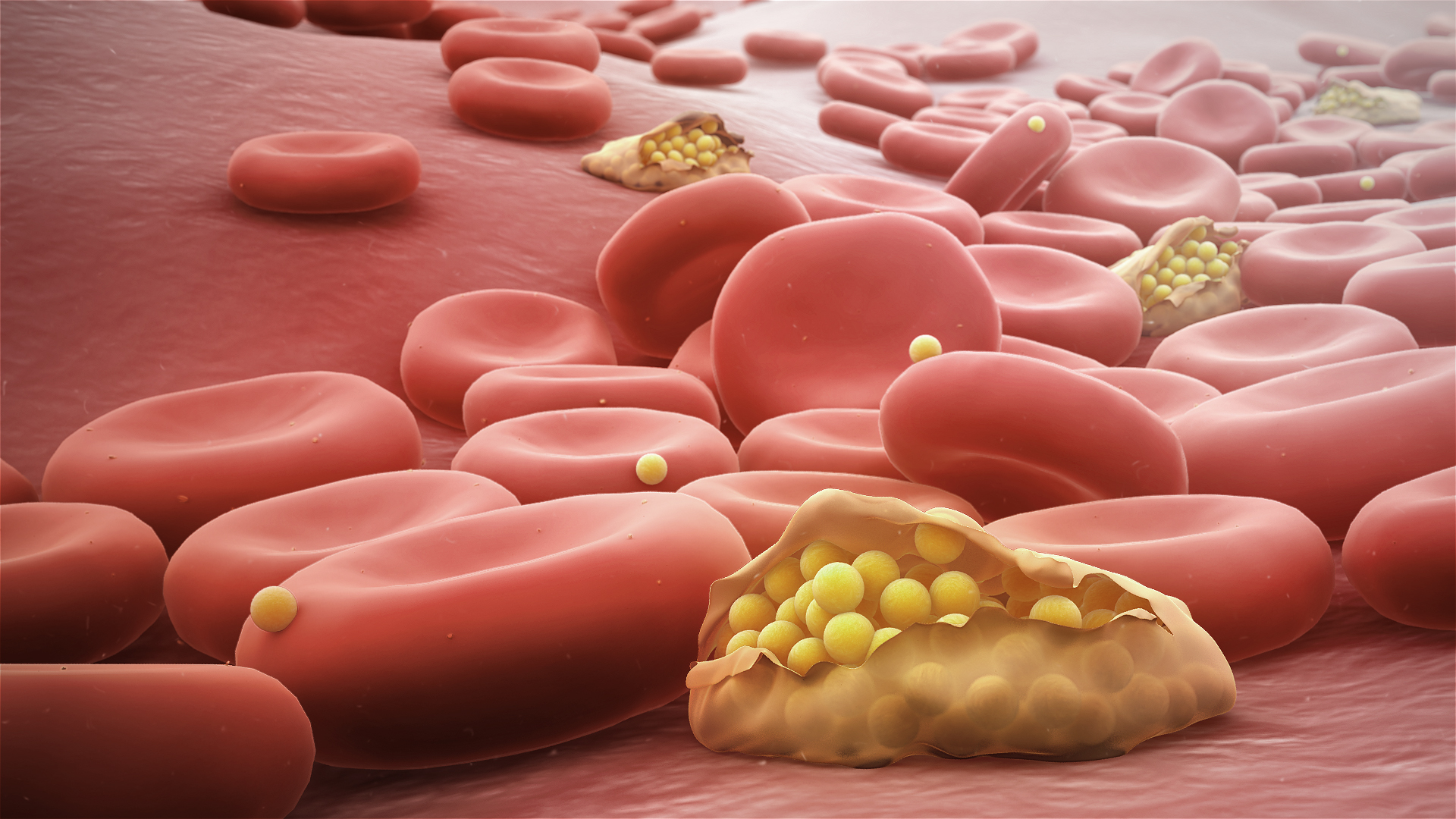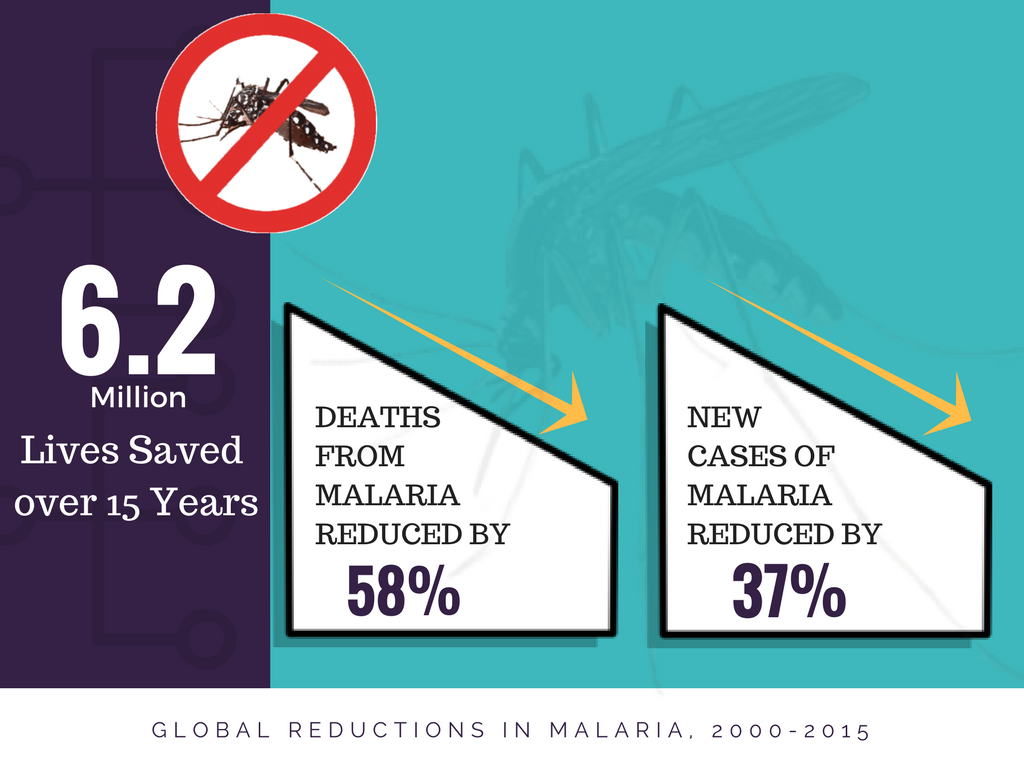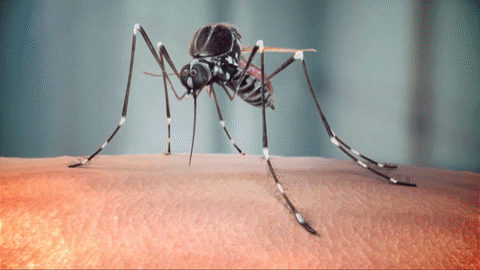The villain:
Female Anopheles mosquitoes.
Out of all the diseases they carry, including dengue, yellow fever, Zika, perhaps the most deadly and complicated is malaria.
The villain has plagued humanity for thousands of years. Ancient Greeks blamed it for the fall of city-states.
Plot twist:
Since 2000, malaria deaths have fallen by nearly 60 percent!
WHO has estimated many countries with ongoing malaria transmission to have reduced their disease burden significantly. On a global scale, new malaria cases fell by 21% between 2010 and 2015. Malaria death rates fell by 29% in the same 5-year period; the most plausible reasons being improved tools, increased investment, and committed partnerships.
But after a global effort eliminated malaria north of the equator, efforts stalled. Only 40 out of 91 countries with malaria are on the path to progress. Low-income countries and remote villages still suffer with a high disease burden.
Hero:
Governments, international organizations, and foundations have stepped forward time and again with bold goals and resources to achieve them. The private sector extends financial support, expertise, and operational muscle. Then there are healthcare workers and community members who participate in elimination campaigns.
However, since most of the life cycle of the parasite is spent inside the red blood cells, it becomes very difficult for the immune system to respond. That’s why there is no vaccine devised that helps maintain a permanent immunity to fight the disease, though discussions are on about its necessity.
Covering the last miles of malaria removal is most challenging.
Or maybe it’s not that difficult…
A recent research has raised hope that malaria can be tackled.
A research team from the X-ray and Neutron Science section at the Niels Bohr Institute, led by Sergey Kapishnikov, has taken an important step towards finding effective medicine against disease.
In order to study the parasite inside RBCs, the group used advanced technologies to produce virtual cell slices and examined them with soft and hard X-rays. In particular, they focused on the concentrations of iron, sulfur, and potassium; iron concentrations in hemoglobin as well as in the hemozoin crystals found inside the parasites. It was found that potassium concentration in infected cells was 7 times lesser than in healthy cells, but that the overall concentration was the same, suggesting that the parasite absorbs potassium.
The parasite digests hemoglobin as a protein nutrient, leading to the formation of heme molecules. Heme is poisonous to the parasite, so it is immediately stored in pairs inside the digestive vacuole as harmless hemozoin crystals. An obvious target to develop new cure against malaria could be to prevent this hemozoin formation and harness the toxicity of heme.
Jong Seto, Ph.D., adjunct faculty in UCSF’s Department of Biochemistry and Biophysics and his collaborator, Joe DeRisi, Ph.D., the Albert Bowers Endowed Chair in Biochemistry and the Gordon M. Tomkins Chair at UCSF think that malaria parasites produce a protein that binds to heme and packs it into crystals. They have also found candidate proteins in the malarial genome that resemble the iron-binding human protein ferritin and want to figure out a way (create an antibody) to target them in order to block crystal packing and release heme to poison the malarial parasites.
Happy Ending?
Looks like, the common vision – End Malaria for Good – can soon be transformed into a shared reality.
10 Solid links between the Zika Virus and Neurological Defects
While the world waits for proof that Zika Virus (ZIKV) causes neurological defects, most notably, microcephaly in children, the circumstantial evidence is mounting. Read More..












